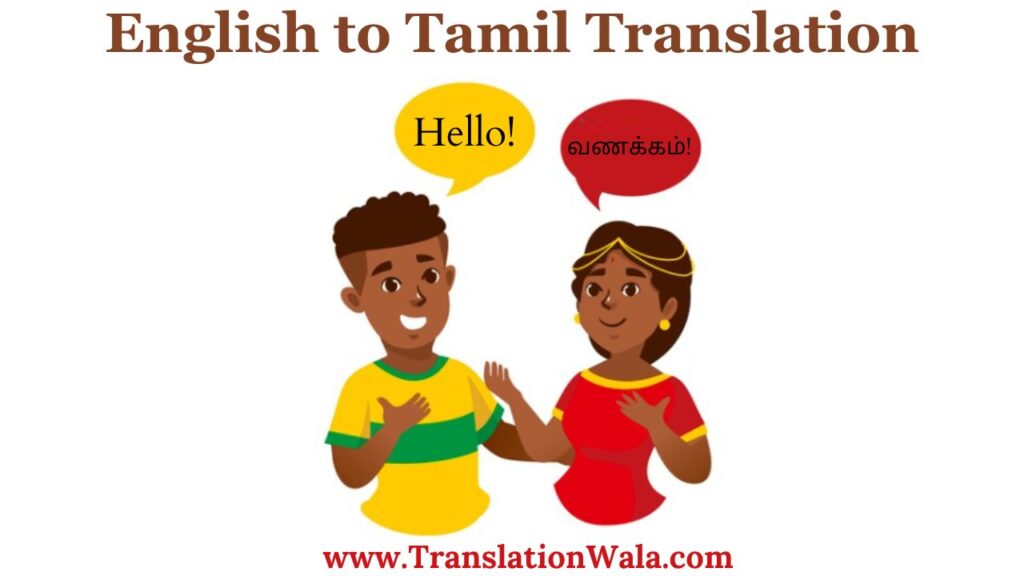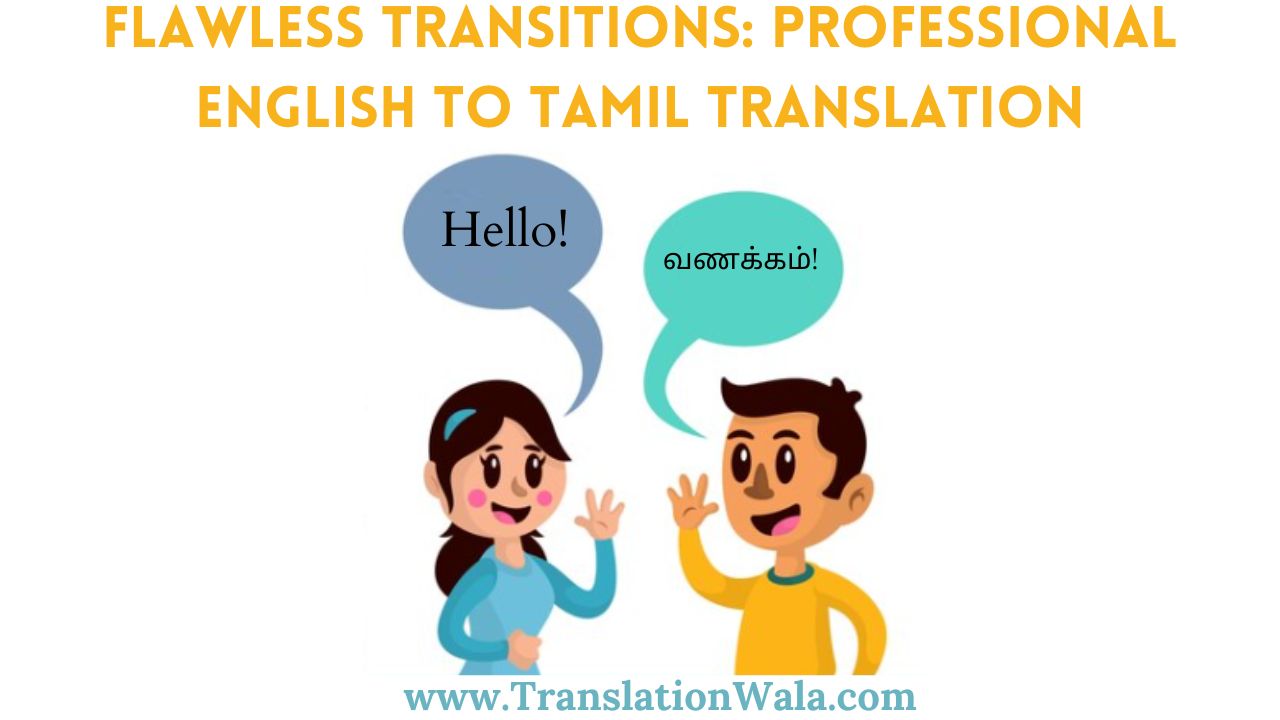To bridge the gap between languages, you need to know more than just the words. A good English to Tamil translation creates a smooth experience by making sure the translated text moves easily and accurately explains the meaning. This is especially important when interpreting business contracts, legal papers, or technical guides, where correctness and clarity are very important.
This blog talks about how to make smooth changes when translating professionally from English to Tamil. We’ll talk about some important things you should do and methods you should use to make sure your translated text reads well and stays true to the original meaning.
Understanding the Nuances of Tamil
Tamil is a Dravidian language with a lot of cultural history. Its grammar and sentence structure are different from English.
- Verb Conjugation: Tamil verbs change forms based on number, person, gender, and time, but English verbs don’t. This can have a big effect on how sentences are put together and how words are translated. A professional translation will make sure that the verbs are conjugated correctly so that the language flows naturally and correctly.
- Sentence Structure: In Tamil, lines usually go from Subject to Object to Verb (SOV), but in English, they go from Subject to Verb to Object (SVO). Due to this difference, words and sentences must be carefully rearranged during translation to keep the meaning and avoid using strange language.
- Use of Particles: Tamil has a lot of different particles that show small changes in meaning and how words relate to each other. A good translator knows how to use these words correctly so that the translations are accurate and sound natural.
Also Read: Expressing Essence: Demystifying English to Telugu Translation

Strategies for Flawless Transitions
- Prioritize Clarity and Readability:
The main goal of any translation is to get the message across quickly and clearly. A professional translation will stay true to the source text but may change the order of sentences or the words used to make the text easier to read in the target language. This could mean breaking up long, hard-to-understand English words into shorter, easier-to-read Tamil sentences.
- Maintain Consistency of Tone and Style:
A lot of the time, professional papers have a certain tone and style, like being official, scientific, or convincing. A good translator makes sure that this tone and style are kept exactly the same during the translation process. This makes sure that the translated text speaks to the right people and gets the point across clearly.
- Cultural Sensitivity:
There is a strong link between language and society. Professional translators know how to handle the culture differences between Tamil and English. They are aware of possible words, metaphors, or references that might not be translated exactly, and they change them so that they make sense to people who speak Tamil.
- Terminology Management:
A lot of the time, technical and law papers use specific language. A professional translation makes sure that these terms are translated the same way throughout the whole paper. To keep things consistent and correct, they may use glossaries or translation notes.
- Utilize Technology Tools:
Even though machine translation tools have improved, they still have trouble with complicated sentence forms and meanings that aren’t clear at first glance. On the other hand, these tools can be useful for skilled translators. Translation memory software can save lines and sentences that have already been translated, making sure that common words are always used the same way.
- Proofreading and Editing:
To get perfect changes, you need to carefully go over everything. Once the translation is done, it should be reviewed by a professional translator or someone who knows a second language well to look for any spelling or grammar mistakes, or words that don’t make sense. In this last step, the translated paper is checked to make sure it goes quickly and correctly.
Benefits of Flawless Transitions
Professional English to Tamil translation has many benefits because it focuses on smooth transitions:
- Improved Communication: Translations that are clear and to the point help everyone understand the paper completely, which lowers the chance of misunderstandings and communication problems.
- Enhanced Credibility: Translations that are perfect show that you are a professional and help the target audience trust you. This is very important for companies and groups that work with Tamil-speaking customers.
- Increased Efficiency: Correct versions cut down on the need for changes and explanations, which saves time and money.
Conclusion
Professional English to Tamil translation uses more than just changing words to make sure the changes are perfect. It’s a very careful process that needs someone who is fluent in both languages, sensitive to other cultures, and dedicated to clarity and truth. By using the above tips and the knowledge of professional translators, you can make sure that your translated papers get your point across and leave a long impact on people who read them in Tamil.



